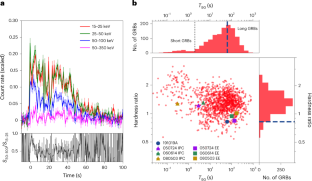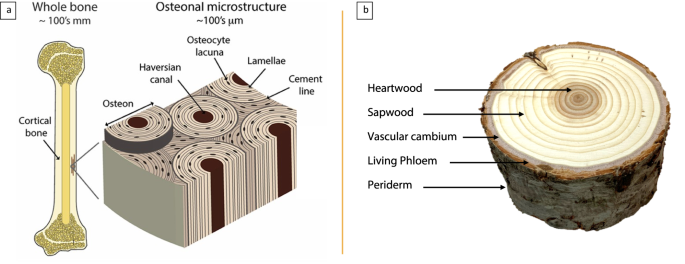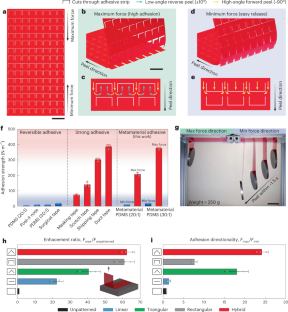2023-06-22 ノースウェスタン大学
◆この破壊環境は以前から仮説されていたが、観測されたことはなかった。研究結果は、星がどのように死ぬかや重力波の発生源に関する新たな知見を提供する可能性がある。今後の研究でさらなるイベントの発見と重力波の検出を目指す予定。
<関連情報>
- https://news.northwestern.edu/stories/2023/06/stellar-demolition-derby-births-powerful-gamma-ray-burst/
- https://www.nature.com/articles/s41550-023-01998-8
銀河の核から動的な起源を持つ長時間のガンマ線バーストが発見される A long-duration gamma-ray burst of dynamical origin from the nucleus of an ancient galaxy
Andrew J. Levan,Daniele B. Malesani,Benjamin P. Gompertz,Anya E. Nugent,Matt Nicholl,Samantha R. Oates,Daniel A. Perley,Jillian Rastinejad,Brian D. Metzger,Steve Schulze,Elizabeth R. Stanway,Anne Inkenhaag,Tayyaba Zafar,J. Feliciano Agüí Fernández,Ashley A. Chrimes,Kornpob Bhirombhakdi,Antonio de Ugarte Postigo,Wen-fai Fong,Andrew S. Fruchter,Giacomo Fragione,Johan P. U. Fynbo,Nicola Gaspari,Kasper E. Heintz,Jens Hjorth,Pall Jakobsson,Peter G. Jonker,Gavin P. Lamb,Ilya Mandel,Soheb Mandhai,Maria E. Ravasio,Jesper Sollerman & Nial R. Tanvir
Nature Astronomy Published:22 June 2023
DOI:https://doi.org/10.1038/s41550-023-01998-8

Abstract
The majority of long-duration (>2 s) gamma-ray bursts (GRBs) arise from the collapse of massive stars, with a small proportion created from the merger of compact objects. Most of these systems form via standard stellar evolution pathways. However, a fraction of GRBs may result from dynamical interactions in dense environments. These channels could also contribute substantially to the samples of compact object mergers detected as gravitational wave sources. Here we report the case of GRB 191019A, a long GRB (a duration of T90 = 64.4 ± 4.5 s), which we pinpoint close (⪅100 pc projected) to the nucleus of an ancient (>1 Gyr old) host galaxy at z = 0.248. The lack of evidence for star formation and deep limits on any supernova emission disfavour a massive star origin. The most likely route for progenitor formation is via dynamical interactions in the dense nucleus of the host. The progenitor, in this case, could be a compact object merger. These may form in dense nuclear clusters or originate in a gaseous disc around the supermassive black hole. Identifying, to the best of our knowledge, a first example of a dynamically produced GRB demonstrates the role that such bursts may have in probing dense environments and constraining dynamical fractions in gravitational wave populations.



